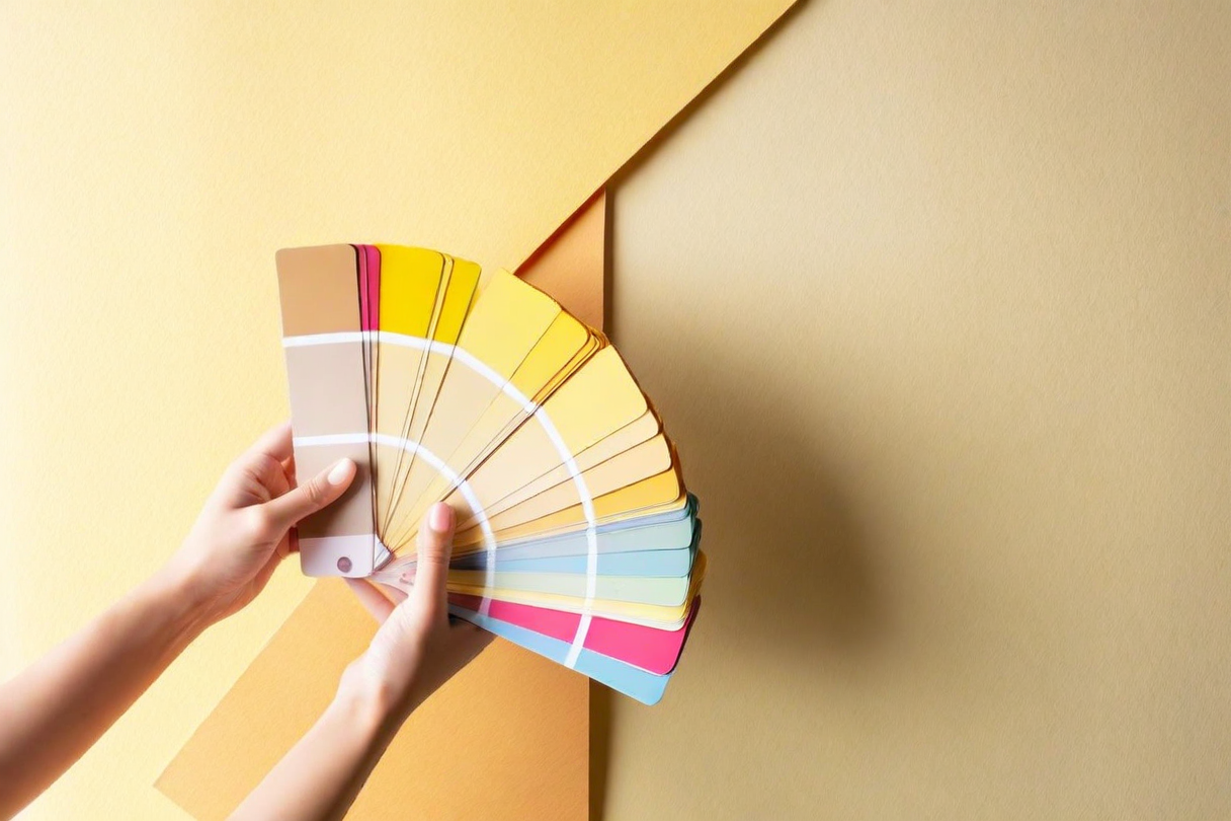

The Science of Paint: Choosing the Right Finish for Different Surfaces
Choosing the right paint finish is not just about aesthetics — it’s a decision rooted in science. From moisture resistance to breathability, the composition and sheen of paint can dramatically impact both the look and longevity of a surface.
Here’s a breakdown of the most common finishes and where (and why) they work best:
1. Matt Finish
Matt paint has a flat, non-reflective surface that hides imperfections beautifully. It’s breathable and especially suited to lime-plastered walls commonly found in historic buildings.
Where to use it?
Bedrooms, sitting rooms, and ceilings — particularly where walls are uneven or original.
Best for traditional interiors where a soft, period-appropriate look is desired. For listed buildings, opt for breathable lime-based or clay-based matt paints.
2. Eggshell Finish
Eggshell has a slight sheen, making it more durable and wipeable than matt while still retaining a low-lustre, classic finish. It’s less likely to highlight imperfections than glossier options.
Where to use it?
Interior woodwork like skirting boards, panelling, window frames, and even walls in dining rooms or home offices.
Best for period properties that require elegance and practicality. It complements traditional joinery and blends well with older architectural features.
3. Satin Finish
Satin finishes have more sheen than eggshell and offer good resistance to moisture, stains, and daily wear. The smoother surface reflects a little more light, brightening darker rooms.
Where to use it?
Kitchens, bathrooms, utility areas, and high-traffic corridors. Also ideal for interior doors and banisters.
Best for surfaces needing durability with a hint of shine. Choose high-quality breathable satin paints if working in older properties to avoid trapping moisture.
4. Gloss Finish
Gloss is highly durable and easy to clean. It reflects a significant amount of light, giving surfaces a strong, classic statement.
Where to use it?
Exterior doors, metalwork, or woodwork in busy areas. Particularly common in Georgian and Victorian front doors.
Best for exterior and interior woodwork where durability is essential. Choose oil-based gloss for longevity (if appropriate) or water-based for lower VOCs and faster drying.
5. Limewash
Limewash is breathable, flexible, and allows moisture to escape — making it the go-to option for traditional and listed buildings. It also ages gracefully, developing a soft, mottled look.
Where to use it?
Internal and external lime-rendered walls, lime plaster, and historic stonework.
Best for unpainted historic surfaces or those previously painted with limewash. Avoid applying modern paints over limewash unless professionally advised.
Paint Science Meets Preservation
Modern emulsions may promise ease and coverage, but in older properties, compatibility is key. Paints that trap moisture — especially on lime or stone — can lead to long-term damage like flaking, blistering, or damp.
When choosing paint for a period home, always consider:
- the age and breathability of the surface,
- the previous layers of paint (if any),
- the environmental conditions (damp, heat, UV exposure),
- whether a conservation-friendly product is required.
Final Thought
Paint is more than colour. It’s chemistry, history, and design — all in one layer. Whether you're restoring a Georgian parlour, repainting Victorian joinery, or simply freshening up a hallway, choosing the right finish ensures your home not only looks beautiful but also stays protected for years to come.